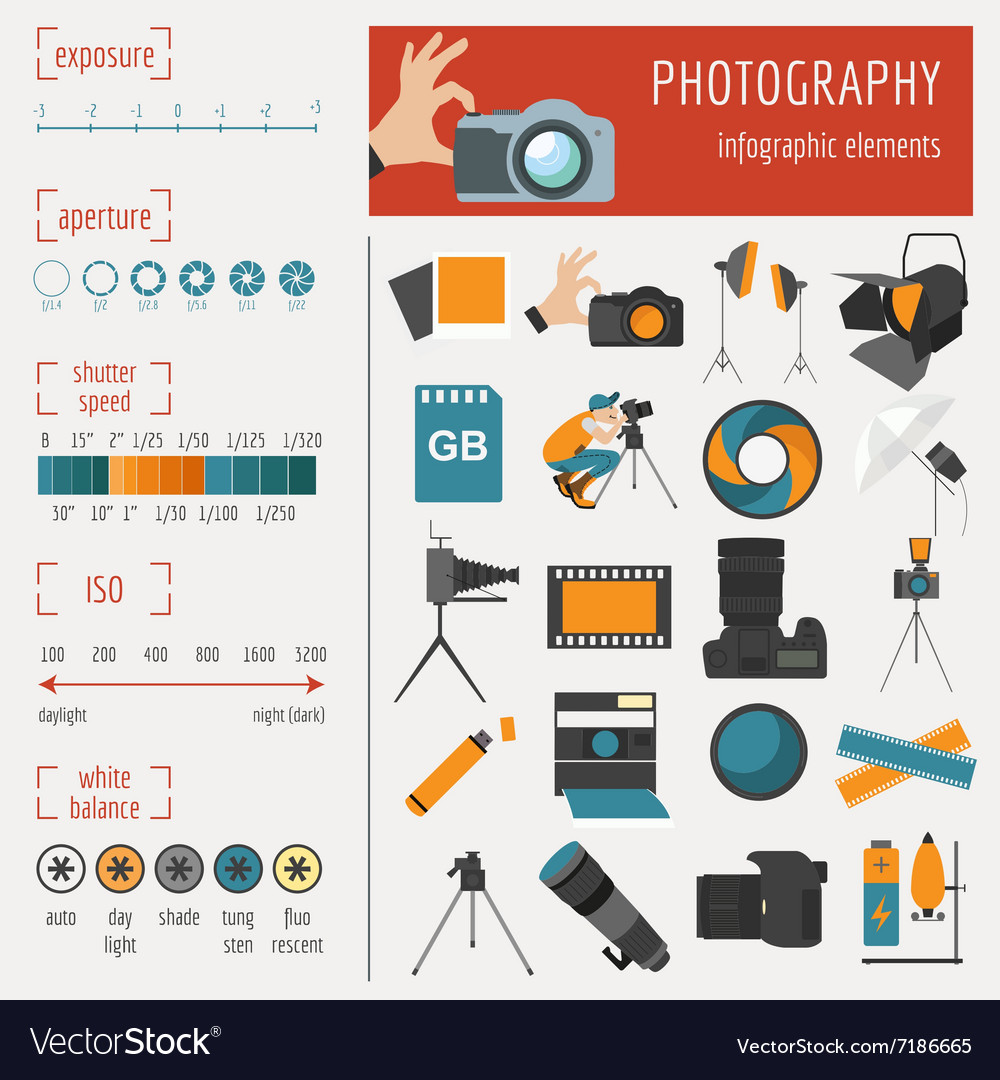What Every Digital Photographer Needs To Learn About Illumination
What Every Digital Photographer Needs To Learn About Illumination
Blog Article
Short Article By-Futtrup Brady
As a photographer, you understand that lighting can make or damage your images. Understanding the subtleties of both natural and fabricated light is essential for catching the mood and clarity you aim for in your job. Whether you're going after the ideal golden hour glow or fine-tuning your synthetic configurations, mastering these components can boost your digital photography substantially. Yet there prevail challenges that Beauty photographers near me forget, and recognizing them can change your method to every shoot. Allow's explore what you may be missing and exactly how it can affect your results.
Understanding Natural Light
Understanding natural light is crucial for any kind of professional photographer seeking to enhance their job. It's the foundation of great digital photography, affecting mood, tone, and quality. When you shoot outdoors, focus on the time of day. The golden hour-- shortly after dawn and prior to sundown-- uses soft, warm light that can transform common scenes right into magnificent pictures.
Do not take too lightly the power of cloudy days. Cloud cover diffuses sunlight, developing a soft, even light that's perfect for portraits and macro digital photography. You'll find shades pop in this sort of lights without harsh darkness.
Placing issues, too. Constantly consider copyright photography to the light. If the sun's behind your topic, you might end up with a shape, which can be remarkable however mightn't be what you desire. Conversely, straight sunshine can create unflattering shadows.
Try out angles; often, changing your viewpoint can produce remarkable results. Usage all-natural reflectors, like water or sand, to bounce light onto your topic, including measurement.
Mastering Artificial Light
Mastering fabricated light is crucial for professional photographers who intend to take their skills to the next level. Whether you're making use of speedlights, workshop strobes, or continuous lights, recognizing exactly how to adjust these sources can significantly boost your images.
Beginning by familiarizing yourself with the essentials of light high quality, direction, and shade temperature. Experiment with different modifiers like softboxes, umbrellas, or grids to control the softness or violence of the light.
You'll find that soft light usually produces flattering results, while harsher light can include dramatization and deepness. Don't shy away from shadows; they can enhance the three-dimensionality of your topics.
Pay attention to the placement of your lights. A light located also close to your subject can develop uncomplimentary outcomes, while too far away can lead to a lack of detail. Make use of a light meter or your video camera's histogram to ensure you're revealing properly.
Lastly, keep in https://www.liveinternet.ru/users/williams_schwarz/post509045280 that synthetic light can be mixed with ambient light for innovative impacts. Stabilizing these resources may take method, but once you grasp it, your photography will truly radiate.
Strategies for Various Scenarios
When you enter various capturing scenarios, adjusting your lights strategies is important for capturing the best images. For exterior portraits, utilize the golden hour-- early morning or late afternoon light-- to soften darkness and boost complexion.
If it's a harsh midday sunlight, take into consideration using a reflector to jump light back onto your topic or seek shaded areas for a more also exposure.
In low-light circumstances, like interior events, boost your ISO and make use of a wide aperture to let in even more light. A tripod can help remove camera shake, enabling longer direct exposures without blurring.
If you're shooting at evening, try out off-camera flash to create vibrant lighting and depth in your images.
For item digital photography, make use of diffused lights to avoid extreme representations. Softboxes or light tents can aid achieve this result.
When photographing landscapes, think about the direction of light and time of day, as it can substantially alter the state of mind of your shot.
Constantly prepare to readjust your setups and placing based on the circumstance, as adaptability is key to understanding lights in digital photography.
Final thought
To conclude, understanding lights is vital to boosting your photography abilities. Welcome all-natural light's elegance throughout golden hour, and do not shy away from experimenting with artificial light methods. By adjusting your method to different circumstances, you'll capture spectacular photos that reverberate with emotion and quality. Remember, the best lighting can change an average shot into something extraordinary, so keep practicing and fine-tuning your understanding of both all-natural and man-made light. Delighted shooting!
